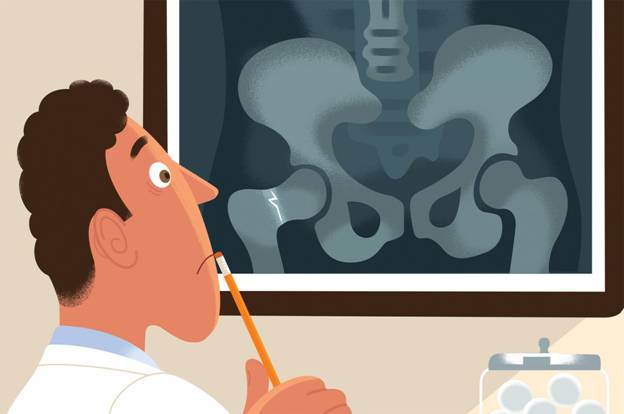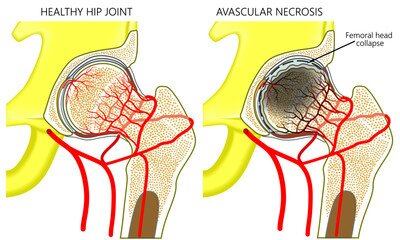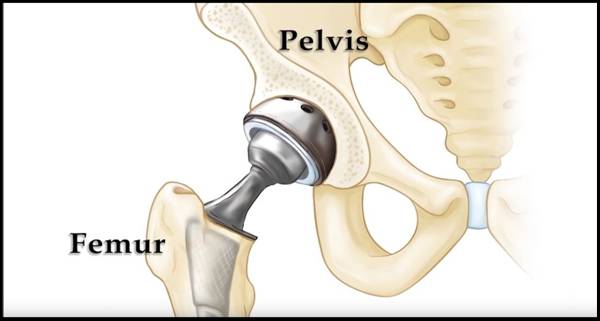Blog
When to treat AVN?
Posted on 17th February 2022

Avascular necrosis (AVN) is a bone disease occurring when bone does not receive blood. In absence of blood supply bone dies resulting in bone deformity and collapse. It's a common condition seen frequently in young adults in the age group of 20-40 years. Males are more prone to it compared to females with an observed male to female ratio of 5:1. AVN could be due to trauma such as fracture or dislocation of the bone. However, it can also occur due to non-traumatic reasons including excess steroid intake, alcohol abuse, etc.
Interruption of blood supply triggers AVN. But if it is left untreated, more and more region of the bone dies. The disease is thus progressive in nature. In the initial stage patient may not experience any symptoms and which could cause ignorance and hence worsening of the disease.

Image adapted from https://www.drlox.com/athletes-with-osteonecrosis-or-avascular-necrosis-avn/)
Fig.1. Healthy Joint & Avascular Necrosis (AVN)
AVN according to ARCO system can have four stages. In the first stage the disease is mild, asymptomatic and even undetected on X-ray films. Stage four on the other hand is the end stage with maximum probability of joint collapse. In initial stage i.e. stage I, AVN could be treated with pharmacological interventions. Most commonly used medicines include bisphosphonates, cholesterol lowering agents, blood thinners and vasoactive substances. All these agents act by improving blood flow.
In stage II and III pharmacological agents alone might not be sufficient and patient may need surgical treatments. Most commonly used surgical treatment is core decompression. It's a joint preserving technique which involves removal of a part of dead bone which not only releases pressure but also provides room for new bone formation. Core decompression is many a time supplemented with bone grafting. Bone graft could be of two types, vascularized and non-vascularized. Vascularized bone grafts aid in formation of bone whereas non-vascularized bone graft provides structural stability.
Biological therapy is another attractive treatment option. It is the most natural treatment as it involves use of stem cells for regeneration of dead bone. It is beneficial for treating stage I to III of AVN. However, it might not be a viable treatment option at the stage of joint collapse. In such cases total hip replacement is the most appropriate option. Stem cells to be used in biological therapy are obtained from the bone marrow. Studies support the success of bone cell therapy in treatment of AVN. It aids in decreasing pain and other joint symptoms, improves mobility of the joint and prevents collapse of the femoral head. Compared to core decompression alone, bone cell therapy is found superior with respect to long-term outcomes.

Image adapted from https://orthoinfo.aaos.org/en/treatment/total-hip-replacement/
Fig.2. Total Hip Replacement
Total hip replacement is treatment used for last stage of AVN. It involves removal of damaged bone and cartilage and replacing it with artificial components mostly made up of metal or ceramic. Though this procedure relieves pain, activities such as running, jogging, jumping or other high impact activities loosen the newly implanted joint reducing the life of the procedure. Hence, such activities should be avoided.
In conclusion, timely diagnosis and treatment is very important to preserve the bone and the joint. Treatment initiation in early stages warrants better results.
< Back To Blog